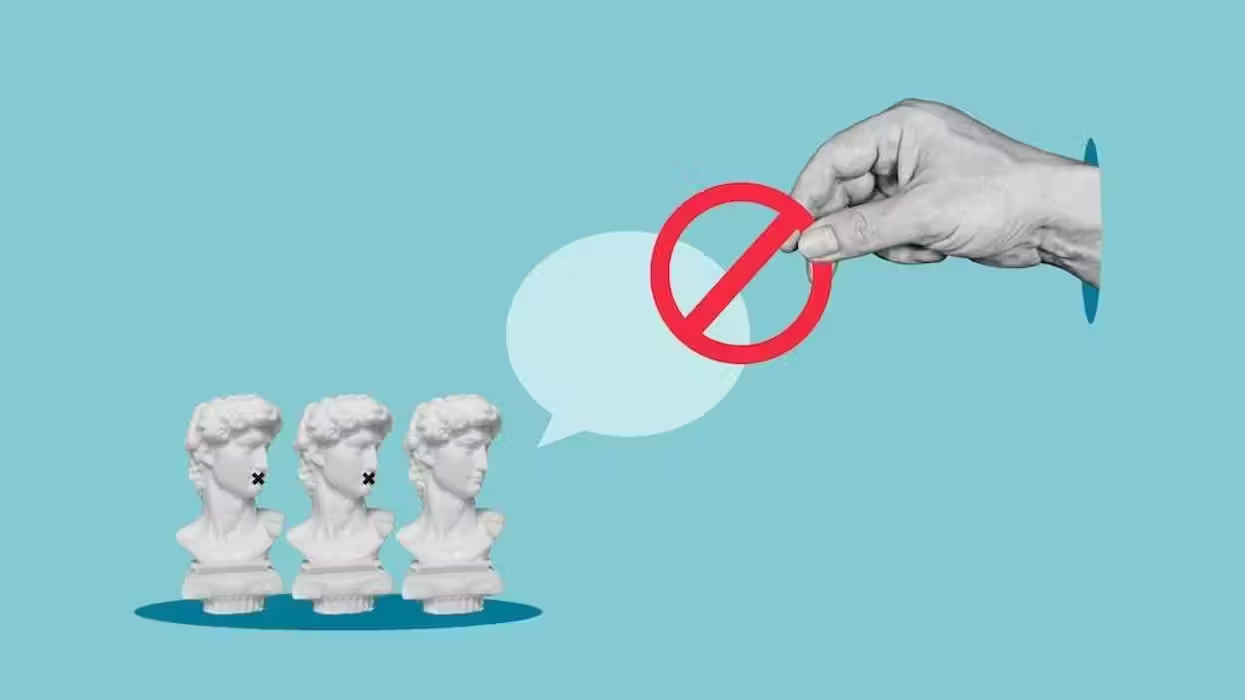
© 2026 Blaze Media LLC. All rights reserved.
"You can boil in just about anything."
There may be some out there who know this already, but for those of you who don't, here it goes: you don't need a metal -- or even stone or clay -- pot to boil water. You could actually do it in a paper cup.
In fact, it's something the Neanderthals might have done by default.
"I think it's pretty likely the Neanderthals boiled," University of Michigan paleontologist John Speth said at a recent meeting of the Society for American Archaeology, according to National Geographic. "They were around for a long time, and they were very clever with fire."
"You can boil in just about anything as long as you take it off the flame pretty quickly," Speth said.
Why? Because the water will boil at a temperature below the ignition point of whatever object holding it.
 Food coloring was added to this water to show how it was boiling in a paper cup while an open flame did not burn the cup. (Image source: YouTube)
Food coloring was added to this water to show how it was boiling in a paper cup while an open flame did not burn the cup. (Image source: YouTube)
The Neanderthals most likely would have used hides or bark containers to boil their meals, like stews, according to Speth.
But not everyone is convinced this is how they did it yet.
As opposed to putting a skin or bark container above an open flame, there is more previously published research supporting that heated rocks were put into containers instead. Speth said he has found evidence, like grains in skeletons' teeth, that suggest the Neanderthals at least boiled in some way.
"It is speculative, but I think it is pretty likely that they knew how to boil," Speth said.
Regardless of if and how the Neanderthals boiled their food, the trick of being able to boil water in a paper cup -- or plastic bag for that matter -- still stands.
Watch how the water can boil in a paper cup in this video, which explains the science behind what's going on:
Take a look at the trick in what appears to be a regular, grocery store plastic bag:
(H/T: Gizmodo)
Want to leave a tip?
We answer to you. Help keep our content free of advertisers and big tech censorship by leaving a tip today.
Want to join the conversation?
Already a subscriber?
more stories
Sign up for the Blaze newsletter
By signing up, you agree to our Privacy Policy and Terms of Use, and agree to receive content that may sometimes include advertisements. You may opt out at any time.
Related Content
© 2026 Blaze Media LLC. All rights reserved.
Get the stories that matter most delivered directly to your inbox.
By signing up, you agree to our Privacy Policy and Terms of Use, and agree to receive content that may sometimes include advertisements. You may opt out at any time.






